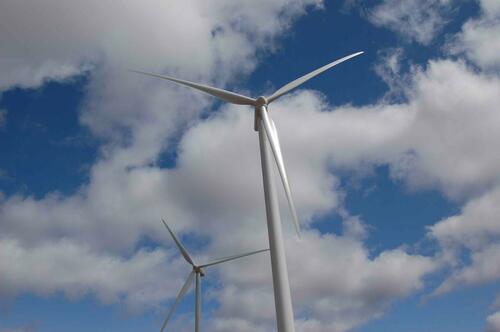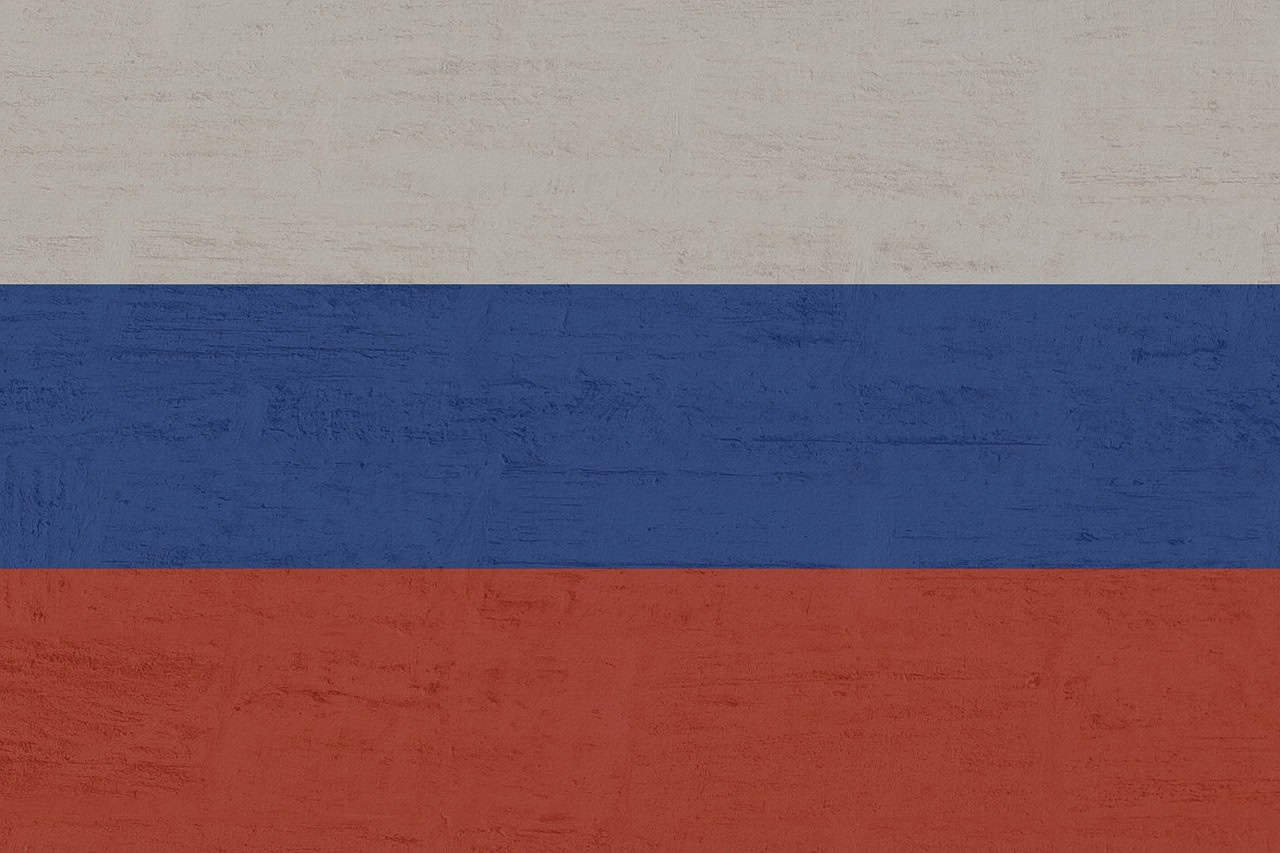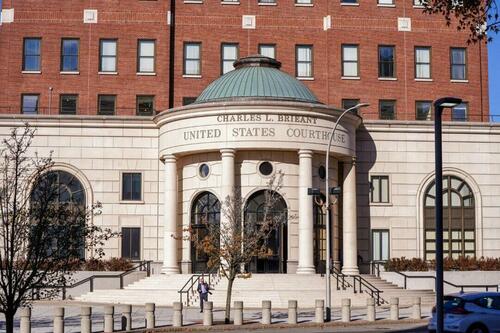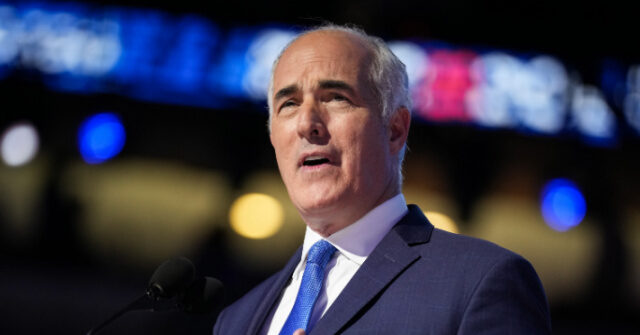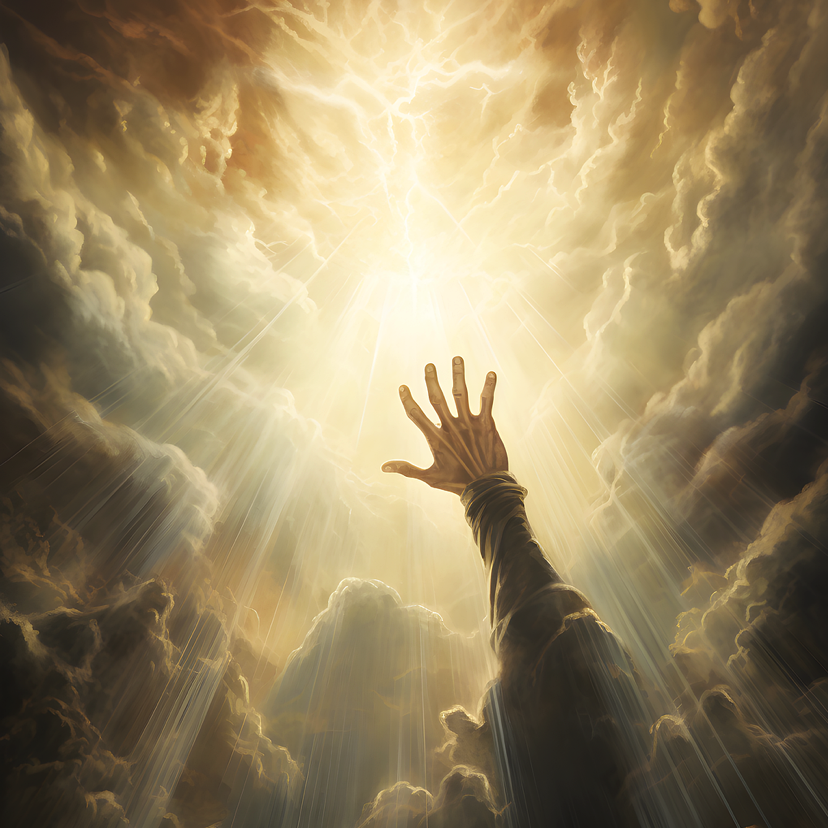
by Michael Snyder, End Of The American Dream:
In a court of law, eyewitness testimony is extremely powerful. If you are an attorney that is trying to win a trial, having two or three eyewitnesses that can provide firsthand accounts of what actually happened can be the difference between winning and losing. In my case, I am a former attorney that is attempting to prove that heaven and hell are real, and it turns out that there are countless eyewitnesses that have been to the other side and come back to tell us about it. I documented some of these testimonies in my new book entitled “Why”, and I am going to share more testimonies with you today.
TRUTH LIVES on at https://sgtreport.tv/
There are so many people that have experienced heaven and so many people that have experienced hell that you literally couldn’t read all of their testimonies even if you spent the rest of your life doing so. We have a colossal mountain of evidence that proves that what happens to us after we die is exactly what the Bible says happens to us after we die. So why aren’t more people willing to consider that evidence?
Millions of people all over the world are having near death experiences, and researchers have discovered that most of these near death experiences share certain common elements…
The stories usually have a lot in common. A person suffers a catastrophic injury or a grave illness and is near death when he or she finds themselves going through a long, dark tunnel with a bright light at the end.
They come out to find themselves in a place suffused with overwhelming love, see angels, meet loved ones who have died and sometimes even meet Jesus Christ and God. They are in Heaven and after a short while they come back to life on earth healing with their profound experience having permanently changed them.
As I discuss in my book, even people that are blind are able to see what is going on around them during these near death experiences.
In fact, they are often able to accurately describe what doctors were doing to their bodies after they were declared clinically dead.
How is that possible if there is “nothing” after death?
Atheists that boldly declare that there is “nothing” after death can’t make their case, because we have all of the evidence.
A 68-year-old woman named Charlotte Holmes says that she spent 11 minutes in heaven when she died, but before going to heaven she could literally see medical personnel doing chest compressions on her body…
Holmes explained that her journey began as a classic ‘out of body experience’ before she was led by angels into Heaven.
‘I was above my body,’ as she remembered the ordeal.
‘I could see them doing chest compressions. I could see them, all the nurses around. I could smell the most beautiful flowers I’ve ever smelled. And then I heard music.’
After smelling flowers and hearing music, she found herself in heaven.
When she arrived in heaven, she was surrounded by “saints of old” and by family members that had died…
As she told the Christian news broadcaster, she was greeted by younger healthier versions of deceased family members as well as historic saints from history.
‘I saw my mom. I saw my dad. I saw my sister. I saw family members standing behind. I saw saints of old,’ Holmes recalled. ‘They didn’t look old. They didn’t look sick. None of them wore glasses.’
What a welcoming committee!
As you listen to her testimony, ask yourself if you think this sweet old great-grandmother is lying…
Of course she is telling the truth.
Anyone can see that.
A man named Landon Kemp that died three times on a single day when he was a child says that he was also welcomed to heaven by family members that had passed away…
Read More @ EndOfTheAmericanDream.com
Originally Posted at https://www.sgtreport.com

